Intro
Discover causes & symptoms of a burst blood vein in eye, including subconjunctival hemorrhage, eye strain, and hypertension, and learn about treatment options for this common condition.
A burst blood vein in the eye, also known as a subconjunctival hemorrhage, is a common and usually harmless condition that can be alarming due to its sudden appearance. The eyes are a sensitive and vital part of our body, and any unusual occurrence can cause concern. The importance of understanding this condition lies in its sudden onset and the potential for it to be mistaken for more serious eye problems. It's essential to recognize the signs, symptoms, and causes of a burst blood vein in the eye to alleviate unnecessary worry and seek appropriate medical attention when needed.
The human eye is a complex and delicate organ, with many tiny blood vessels that supply it with oxygen and nutrients. Sometimes, these blood vessels can rupture, leading to a burst blood vein in the eye. This condition can affect anyone, regardless of age or health status, although it's more common in older adults. The sudden appearance of a red patch on the white part of the eye can be startling, but in most cases, it's a self-limiting condition that resolves on its own without any complications. However, it's crucial to understand the underlying causes and risk factors to prevent future occurrences and ensure timely medical intervention if necessary.
The eye is a highly vascularized organ, with a rich network of blood vessels that supply the retina, choroid, and conjunctiva. The conjunctiva, a thin membrane covering the white part of the eye, contains many small blood vessels that can rupture due to various factors. A burst blood vein in the eye can occur due to increased pressure, trauma, or spontaneous rupture of these blood vessels. The condition can be asymptomatic, or it may cause mild discomfort, dryness, or a feeling of having something in the eye. In rare cases, a subconjunctival hemorrhage can be a sign of an underlying medical condition, such as hypertension, diabetes, or blood clotting disorders, emphasizing the need for a thorough medical evaluation.
Causes and Risk Factors
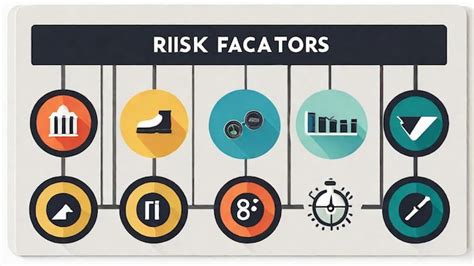
Medical Conditions
Certain medical conditions can increase the risk of developing a burst blood vein in the eye. Hypertension, or high blood pressure, can cause blood vessels to become more fragile and prone to rupture. Diabetes can also affect the blood vessels in the eye, leading to an increased risk of subconjunctival hemorrhage. Blood clotting disorders, such as hemophilia or von Willebrand disease, can also increase the risk of developing this condition. Other medical conditions, such as liver disease or kidney disease, can also affect the blood vessels in the eye and increase the risk of a burst blood vein.Symptoms and Signs
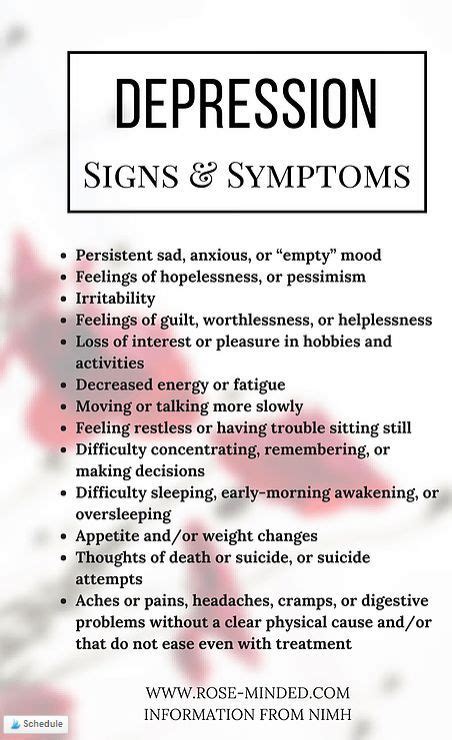
Diagnosis and Treatment
Diagnosing a burst blood vein in the eye is usually straightforward, based on a physical examination and medical history. The doctor may use a slit lamp to examine the eye and determine the extent of the hemorrhage. In some cases, additional tests, such as blood pressure measurement or blood tests, may be necessary to rule out underlying medical conditions. Treatment is usually not necessary, as the condition resolves on its own. However, the doctor may recommend applying cold compresses or artificial tears to alleviate discomfort and promote healing.Prevention and Complications
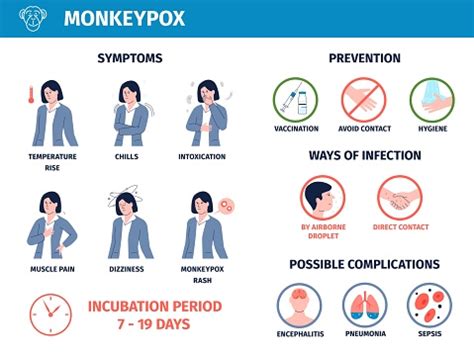
Recurrent Hemorrhages
Recurrent hemorrhages can occur in some individuals, especially those with underlying medical conditions. In these cases, the doctor may recommend additional tests or treatments to manage the condition. Controlling underlying medical conditions, such as hypertension or diabetes, can help reduce the risk of recurrent hemorrhages. In some cases, the doctor may recommend medications or other treatments to prevent future occurrences.Home Remedies and Self-Care
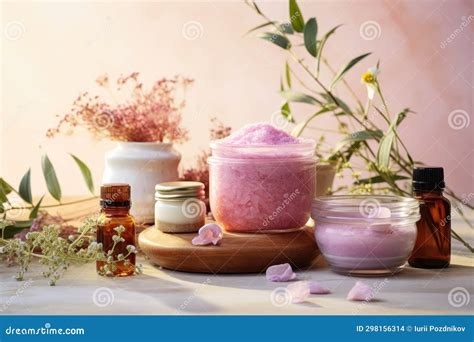
Nutrition and Lifestyle
A healthy diet and lifestyle can help promote eye health and reduce the risk of a burst blood vein in the eye. Eating a balanced diet rich in fruits, vegetables, and whole grains can help maintain good eye health. Avoiding smoking and limiting alcohol consumption can also reduce the risk of eye problems. Regular exercise and stress management can also help promote overall health and reduce the risk of underlying medical conditions.Frequently Asked Questions
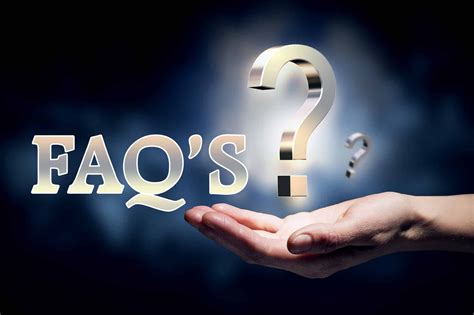
What is a burst blood vein in the eye?
+A burst blood vein in the eye, also known as a subconjunctival hemorrhage, is a condition where a blood vessel in the eye ruptures, causing blood to leak into the conjunctiva.
What are the symptoms of a burst blood vein in the eye?
+The symptoms of a burst blood vein in the eye include a sudden appearance of a red patch on the white part of the eye, mild discomfort, and dryness.
How is a burst blood vein in the eye treated?
+Treatment is usually not necessary, as the condition resolves on its own. However, the doctor may recommend applying cold compresses or artificial tears to alleviate discomfort and promote healing.
Can a burst blood vein in the eye be prevented?
+While it's not always possible to prevent a burst blood vein in the eye, maintaining good eye health, controlling underlying medical conditions, and avoiding trauma to the eye can reduce the risk.
What are the complications of a burst blood vein in the eye?
+Complications of a burst blood vein in the eye are rare but can include recurrent hemorrhages, vision problems, and underlying medical conditions.
In conclusion, a burst blood vein in the eye is a common and usually harmless condition that can be alarming due to its sudden appearance. Understanding the causes, symptoms, and treatment options can help alleviate worry and promote timely medical attention if necessary. By maintaining good eye health, controlling underlying medical conditions, and avoiding trauma to the eye, individuals can reduce the risk of developing this condition. If you have any concerns or questions about burst blood vein in the eye, don't hesitate to reach out to your doctor or share your thoughts in the comments below.
